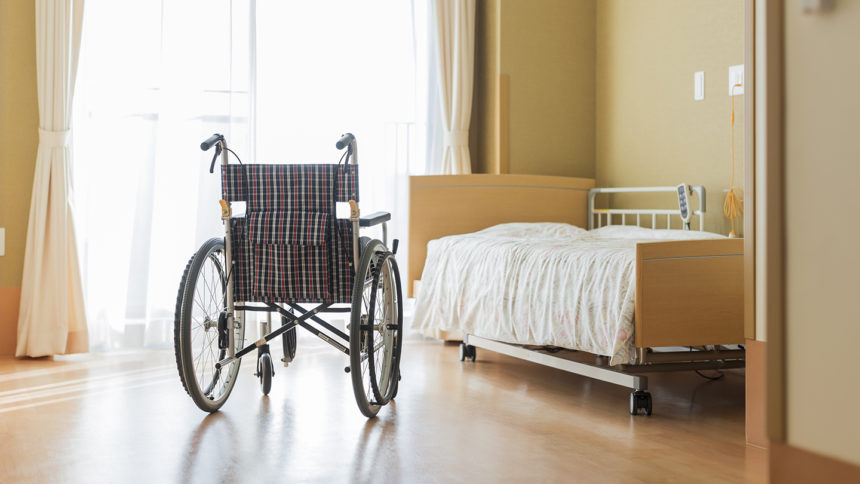
Facilities in Ohio are one step closer to receiving higher Medicaid reimbursements for private nursing home rooms after an executive order signed by Gov. Mike DeWine (R).
The Nov. 30 order declares a timing emergency, allowing the Ohio Department of Medicaid to bypass the typical wait period and immediately adopt final rules for providers looking to apply for reimbursement.
Ohio long-term care providers will share up to $40 million in Medicaid reimbursements set aside for private rooms in 2024 and $160 million in 2025 and beyond.
Higher pay for private rooms have been a bucket list item for care providers for years, but the Centers for Medicare & Medicaid Services has left the ball in the states’ court. The Ohio single-occupant room funding, which passed in the 2023 state budget, has been an exciting development for providers in the state.
“I believe there is extreme interest in this,” said Peter Van Runkle, executive director at the Ohio Health Care Association. “I get questions every day — multiple questions — about private rooms.”
Qualifying nursing homes would receive $30 per day for private rooms that also have a private bathroom and $20 per day for private rooms with a shared bathroom.
A majority of Ohio providers are likely to apply, Van Runkle told McKnight’s Long-Term Care News on Monday.
“I think those numbers are very attractive to providers,” he said.
Replicable reimbursement benefits
Facilities would receive this funding on a first-come-first-served basis up to the maximum amount allotted for each year. Private rooms with private bathrooms will be prioritized first in this process.
The state estimates that it will be able to cover around 29,000 private rooms within their spending limit, according to Van Runkle.
“It would be nice to see that available to people across the country,” Van Runkle added, “Medicaid beneficiaries forever have not gotten the same kind of treatment in terms of private rooms as Medicare or private pay people and now they’ll have that access and I think that’s a really good thing. I know if I had to have a stay in a skilled nursing facility, I would certainly want a private room.”
With occupancy numbers hovering near 80%, legislation like this would give nursing homes a much-needed infusion of funding, especially if those facilities are able to convert unused space into single-occupant rooms.
Private rooms also protect residents’ privacy and dignity and make it easier for facilities to curb the spread of infectious diseases.
Final hurdles
DeWine’s executive order clarified the application process in Ohio, but obstacles still remain. Primarily, funding cannot be given to approved nursing homes until six months after CMS reviews and approves the Ohio reimbursement policy.
Ohio officials have not yet submitted their application to CMS and haven’t released a date they plan to submit, so the first reimbursements are likely to be delayed until at least the second half of 2024, according to Van Runkle.
Despite this, excitement remains high and care associations and policymakers appear united behind the goals of the reimbursement policy.
“The final version of the budget that went through on skilled nursing reimbursement was not touched by the governor, which is kind of unheard of,” Van Runkle said.
Despite ongoing delays, Van Runkle advises nursing homes to have their applications ready and to submit them as soon as the window opens — especially now that the executive order will help provide clarity to the rules.





